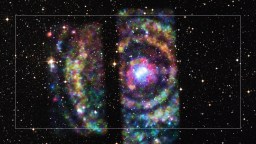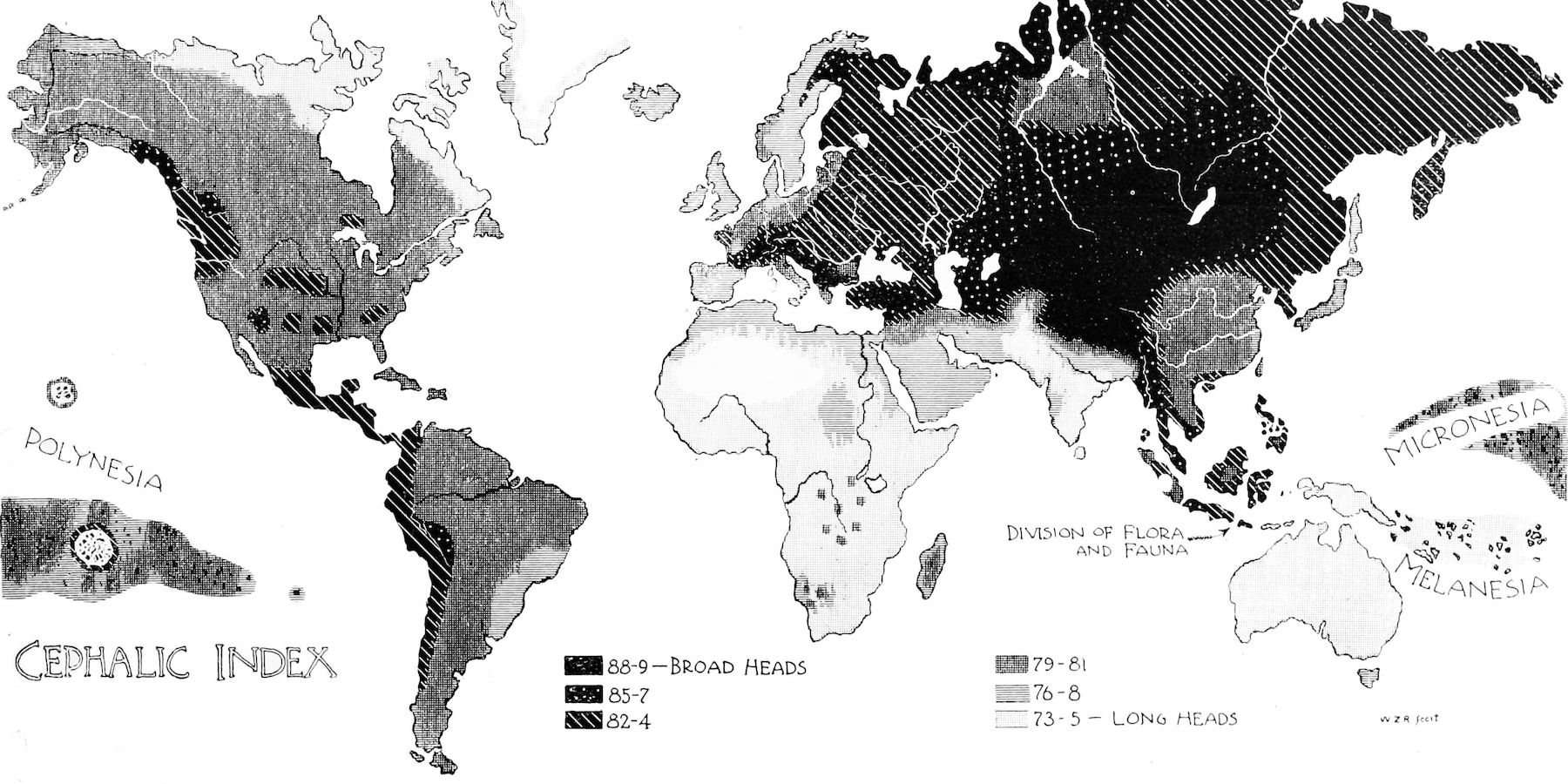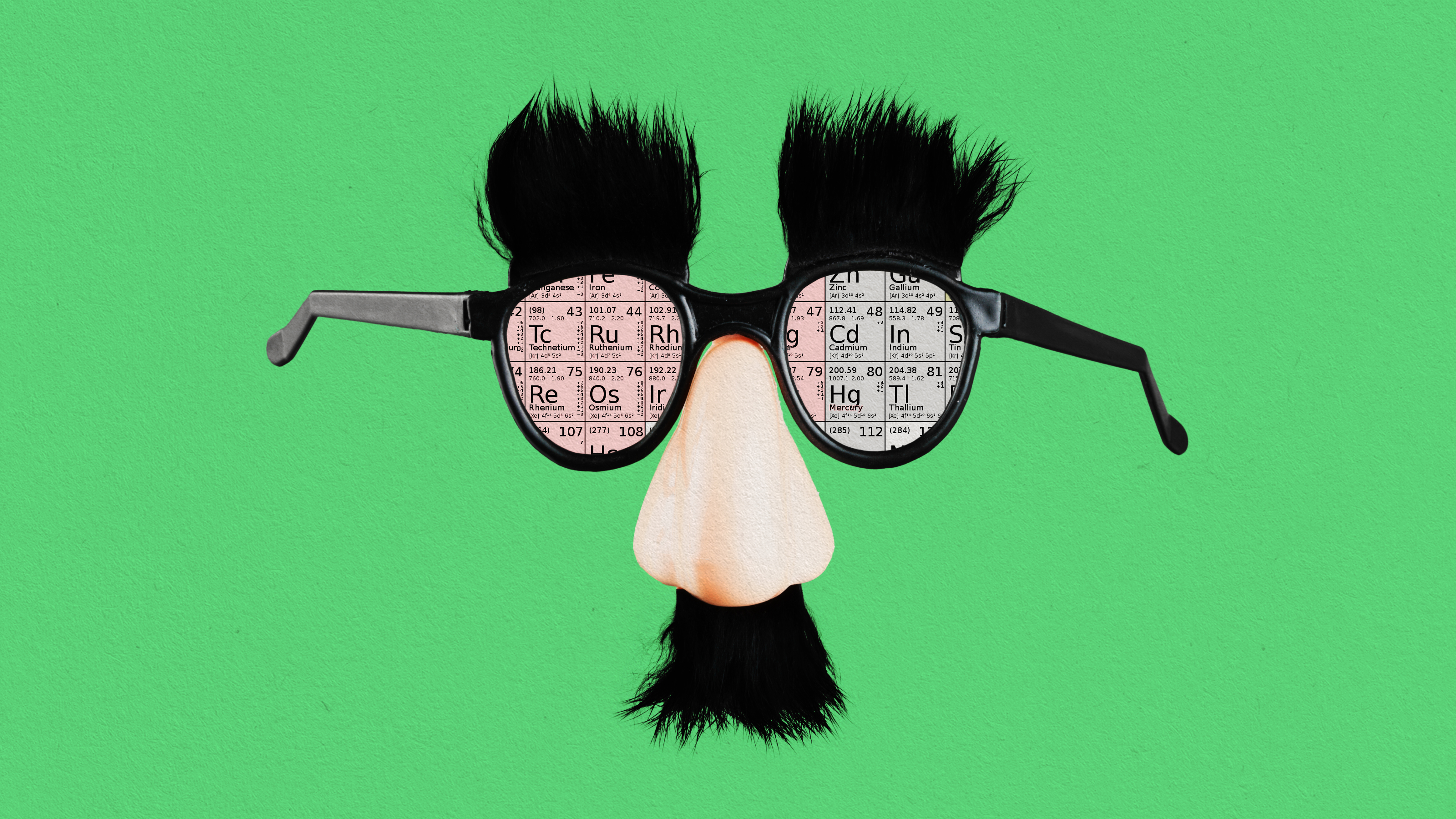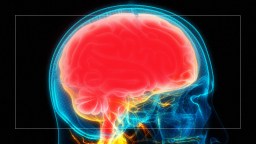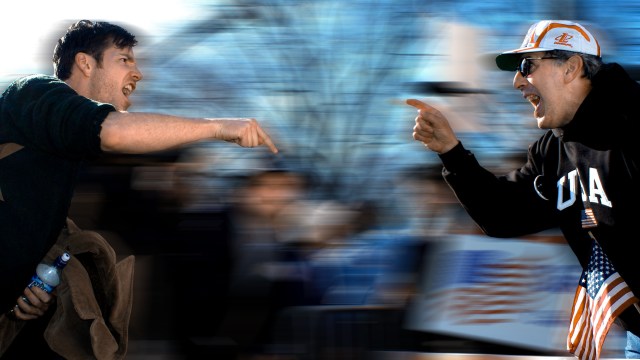Did science change Darwin’s brain?
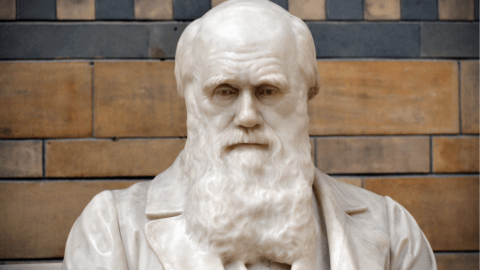
In the closing years of his scientifically magisterial life, the elderly Charles Darwin quietly lamented in his autobiography that poetry—a former passion—had long since ceased to hold any beauty for him.
Generations of scientists have reaped enormous benefits from Darwin’s single-minded focus on research, but these gifts came at the cost of his own inability to enjoy Shakespeare in old age. Decades of methodically studying biology had seemingly transformed Darwin’s mind into “a kind of machine for grinding general laws out of large collections of facts.”
While Darwin was stumped as to why his appreciation for art and poetry would have atrophied, contemporary neuroscience offers some clues. Reasoning about physical systems requires thinking mechanistically and causally, while reasoning about people and minds demands teleological—that is, purposeful and goal-oriented—modes of thought. Brain imaging studies have shown that the cortical networks that support these two types of thinking are mutually inhibitory, like pistons: if one lights up, the other goes dark. It’s easy to see how a lifetime of exercising only one of these networks might leave the other withered and underused.
However, poetry isn’t just about the social domain of life. It’s about the experiential, the immersive, and the particular. Poems paint pictures with words, and the best poems are often those that powerfully evoke first-person experiences, such as tastes, sounds, and images. Consider these lines from the American poet Theodore Roethke:
And the wind tries the shape of a tree,
While the moon lingers,
And a drop of rain water hangs at the tip of a leaf
Shifting in the wakening sunlight
Like the eye of a new-caught fish.
These images have immediacy and immersive depth. Their spiritual power depends on the activation of concrete sensory memory and internal simulations of sense experience. I don’t mean that metaphorically—when we imagine sensory experiences, our brains are literally conjuring up simulations of those experiences based on prior, stored memories. We know what it’s like to watch the wind blowing the branches of a tree, the moon linger on the horizon, or light sparkling in a drop of water on a leaf. Reading Roethke’s poem, our minds internally recombine concrete, experiential records of these physical experiences to generate a flitting series of imagined sense impressions as our eyes scan the page.
Compare this first-person immersion in sights and sounds with the mathematical expression of Hamilton’s rule, an inequality describing the necessary conditions for the evolution of kin-based altruism:
rB > C
Not exactly ringing with sensory detail, is it? In this formula, r refers to the degree of relatedness between organisms, B refers to the benefit received by the organism that receives aid, and C is the cost of altruism to the organism that does the helping. In plain language, Hamilton’s rule states that altruistic behavior evolves when the benefits of sacrificing to help one’s one kin outweigh the cost of the sacrifice itself, so that greater benefits are required for helping more distant kin.
(A pithy summary of this rule was once offered by the biologist J.B.S. Haldane, who quipped that he would be willing to sacrifice his life for “two brothers or eight cousins.”)
Impossible to visualize
Hamilton’s terse mathematical inequality reminds us that, ideally, a scientific theory doesn’t depend on rhetoric. The more formalizable and impersonal it is, the better. The gold standard for evolutionary biologists—heirs to Darwin’s scientific lineage—is exactly this sort of mathematical modeling, in which the entire logic of a theory is laid out in quantitative relationships between variables. Such formalism gives precise, powerful statements of natural laws that are, by their very nature, nearly impossible to visualize or picture.
Scientific investigation thus involves distancing ourselves from firsthand experience, into a world of purely formal abstractions. While poetry uses words to evoke concrete sense impressions and emotions, science at its most rigorous uses symbols that cannot do this. Mathematical formalism might evoke dynamic imagery for some geniuses, but not a crystalline recombination of particular, remembered sense experiences.
The philosopher Thomas Nagel wrote that to do science properly, “we must get outside of ourselves, and view the world from nowhere within it.” Darwin wasn’t a mathematical formalist—his theories were all laid out in prose—but his work exemplifies this dictum. What counts for Darwin is general laws, invisible in particular experiences. Yet if we live in the “view from nowhere” full-time, we neglect the concrete experiences and the personal point of view that makes possible any data we collect.
Darwin mused that, if he could live life over again, he would make a point of regularly reading poetry to preserve his appreciation for “the higher aesthetic tastes.” Doing so might have awakened more than a renewed fondness for Shakespeare. Shakespeare doesn’t offer us any falsifiable explanations or formulae, but rather the spiritual medicine of beauty that can’t be reduced to analytic relations.
The perspectival and immersive character of great art reminds us that we can never escape ourselves, that we are living beings who experience sights, smells, desires, ambitions, love, and grief. The view from nowhere offers general laws, but it doesn’t offer that. What art and poetry could have offered Darwin was a kind of spiritual practice, a regular form of exercise, in inhabiting a particular view—a view from somewhere.
The post Did Science Change Darwin’s Brain? appeared first on ORBITER.
